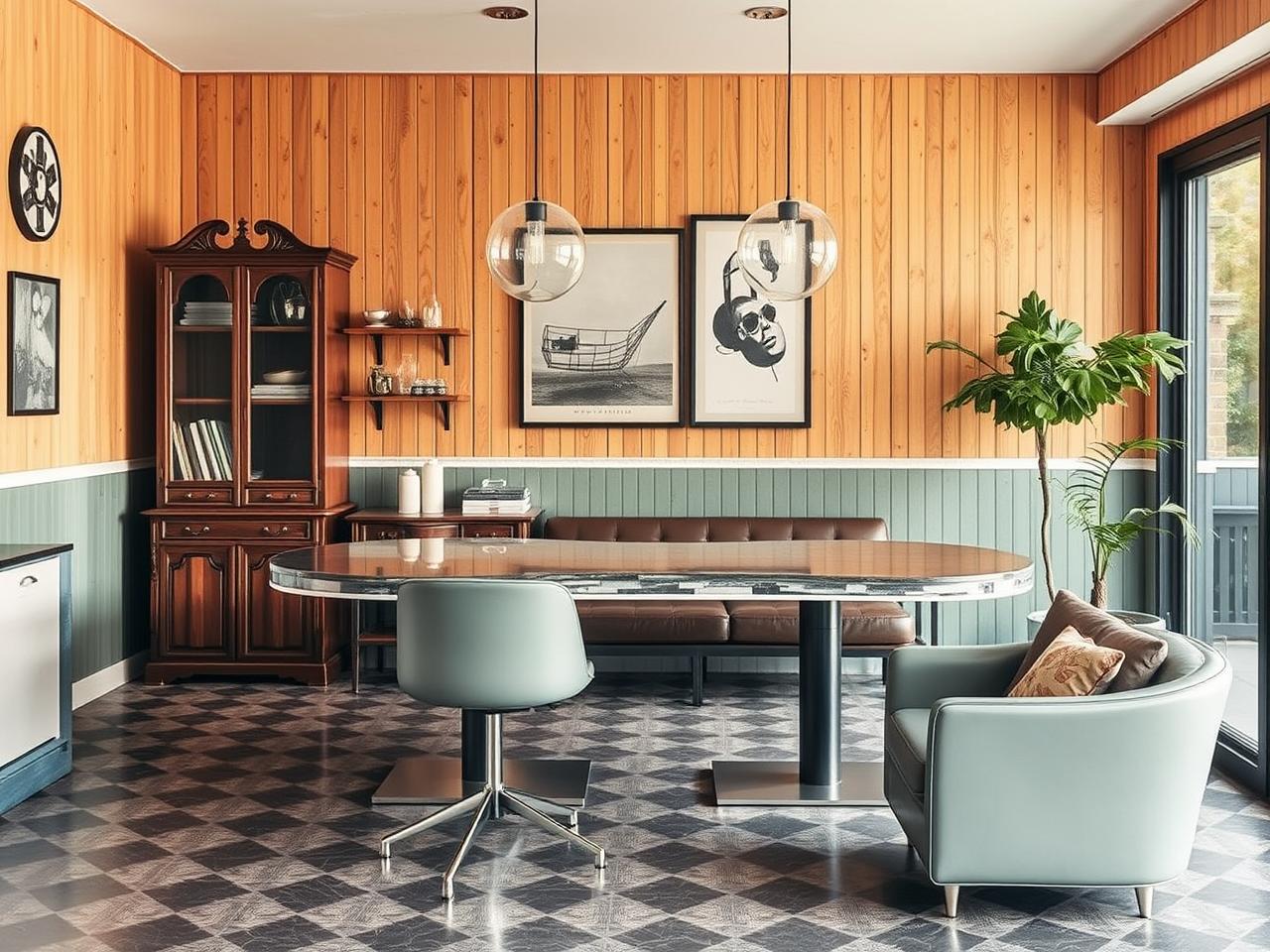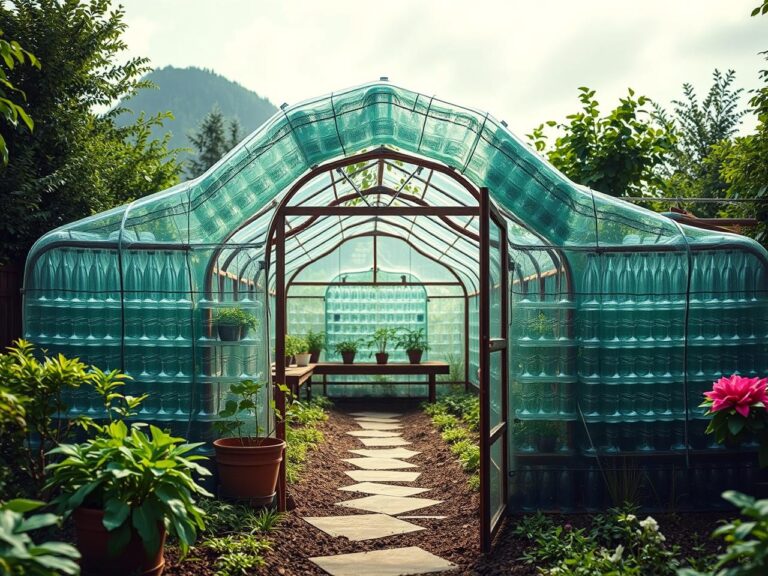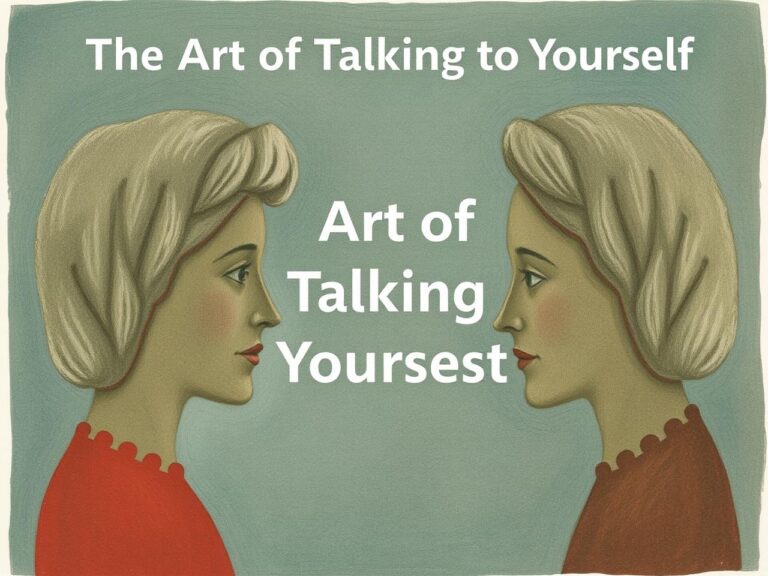Future Nostalgia: Blending Vintage Charm with Modern Design
In recent years, a design trend known as “future nostalgia” has emerged, characterized by the fusion of vintage and contemporary elements. This aesthetic approach has gained traction across various industries, including interior design, fashion, and lifestyle. Future nostalgia aims to create spaces and products that evoke a sense of familiarity while maintaining a modern appeal.
Several factors contribute to the popularity of future nostalgia. In an increasingly digital and fast-paced world, many individuals seek comfort in familiar aesthetics from the past. Nostalgia has been shown to elicit positive emotions and provide a sense of stability.
Additionally, the growing emphasis on sustainability has led to increased interest in vintage and antique items, as people aim to reduce their environmental impact through repurposing and reusing existing materials. The appeal of future nostalgia spans across generations. Younger individuals are attracted to the timeless quality of vintage designs, while older generations appreciate the nostalgic associations.
This cross-generational appeal has contributed to the trend’s widespread adoption and staying power. As future nostalgia continues to gain momentum, it represents a significant shift in design philosophy. This approach seeks to honor historical aesthetics while embracing contemporary innovations, creating a balance between past and present.
The trend’s enduring popularity suggests that it is more than a temporary fashion, but rather a reflection of changing attitudes towards design and aesthetics in society.
Key Takeaways
- Future nostalgia is a rising trend that combines vintage charm with modern design elements.
- Old-fashioned designs are influencing modern aesthetics, creating a sense of nostalgia in contemporary spaces.
- Timeless spaces with a modern twist can be achieved by blending vintage and modern elements.
- Incorporating vintage charm into contemporary design can be achieved through embracing nostalgia and incorporating retro elements.
- Finding balance in future nostalgia decor involves the art of mixing and matching vintage and modern pieces to create a cohesive look.
Vintage Inspiration: How Old-fashioned Designs Influence Modern Aesthetics
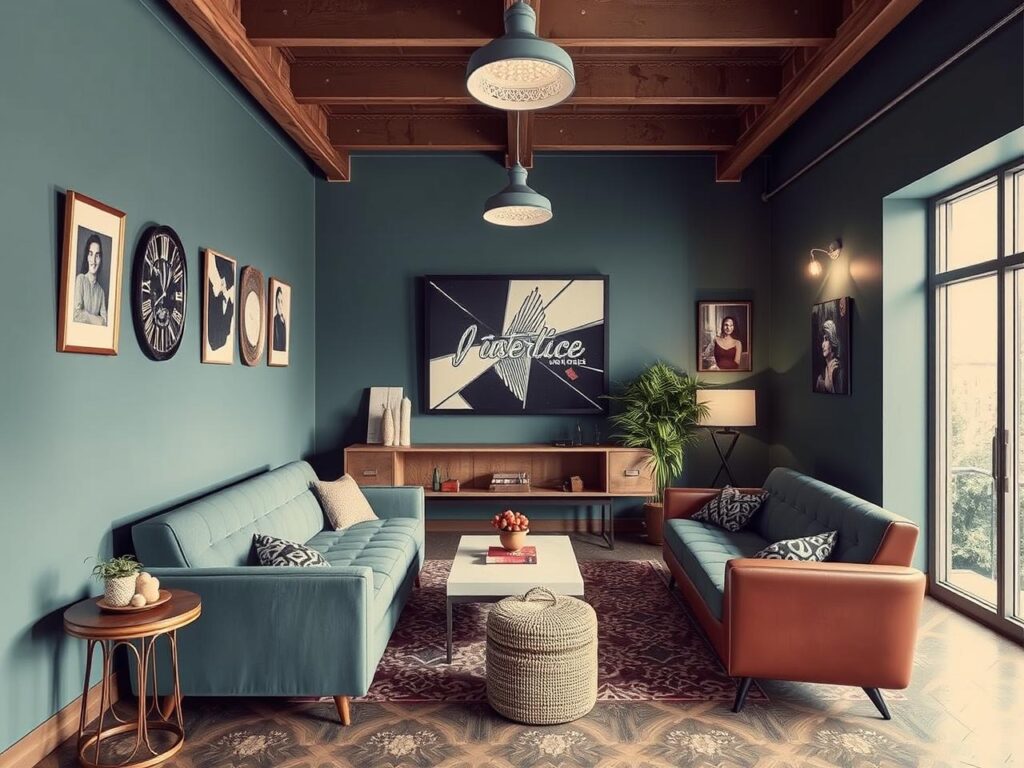
The Timeless Appeal of Vintage Designs
Whether it’s the elegant lines of mid-century furniture, the intricate patterns of vintage textiles, or the classic silhouettes of retro fashion, vintage inspiration continues to captivate designers and consumers alike, serving as a rich source of creativity and innovation.
Vintage Craftsmanship and Quality
One of the key ways in which old-fashioned designs influence modern aesthetics is through their emphasis on craftsmanship and quality. Vintage pieces are often celebrated for their attention to detail and durability, qualities that are increasingly valued in a world dominated by mass production and disposable goods. By drawing inspiration from vintage designs, modern creators are able to infuse their work with a sense of timelessness and longevity, creating products and spaces that stand the test of time.
Vintage Inspiration and Creative Expression
Additionally, vintage inspiration allows for a sense of individuality and uniqueness, as vintage pieces often carry a sense of history and character that is difficult to replicate in mass-produced items. Furthermore, old-fashioned designs provide a rich tapestry of styles and influences that can be reinterpreted and reimagined in countless ways. Whether it’s incorporating Art Deco motifs into contemporary architecture, reviving retro patterns in fashion, or blending vintage and modern elements in interior design, vintage inspiration offers endless possibilities for creative expression.
Enduring Beauty and Sophistication
By embracing the aesthetic richness of the past, modern aesthetics are able to transcend fleeting trends and fads, offering enduring beauty and sophistication that resonates with individuals across generations.
Blending the Best of Both Worlds: Creating Timeless Spaces with a Modern Twist

The concept of blending the best of both worlds – vintage charm with modern innovation – has become a guiding principle in creating timeless spaces with a modern twist. This approach to design allows for the seamless integration of old-fashioned elements with contemporary sensibilities, resulting in spaces that feel both familiar and fresh. By combining the warmth and character of vintage aesthetics with the functionality and innovation of modern design, creators are able to craft environments that are not only visually appealing but also practical and relevant to today’s lifestyles.
One of the key strategies for creating timeless spaces with a modern twist is through the careful selection and curation of vintage pieces. Whether it’s antique furniture, retro accessories, or vintage artwork, incorporating these elements into a modern space can instantly infuse it with character and personality. By juxtaposing these vintage pieces with contemporary furnishings and decor, designers are able to create dynamic visual contrasts that add depth and interest to the space.
Additionally, blending old and new allows for a sense of eclecticism and individuality, as each vintage piece brings its own unique story and history into the space. Another important aspect of blending vintage charm with modern innovation is through the thoughtful use of materials and textures. Vintage-inspired materials such as brass, velvet, and terrazzo can be paired with sleek, modern finishes to create a harmonious balance between old and new.
Similarly, incorporating vintage-inspired textures such as floral prints, geometric patterns, or intricate detailing can add depth and visual interest to contemporary spaces. By carefully considering the interplay of materials and textures, designers are able to create spaces that feel both timeless and relevant, offering a sense of comfort and familiarity without sacrificing functionality or style.
Embracing Nostalgia: How to Incorporate Vintage Charm into Contemporary Design
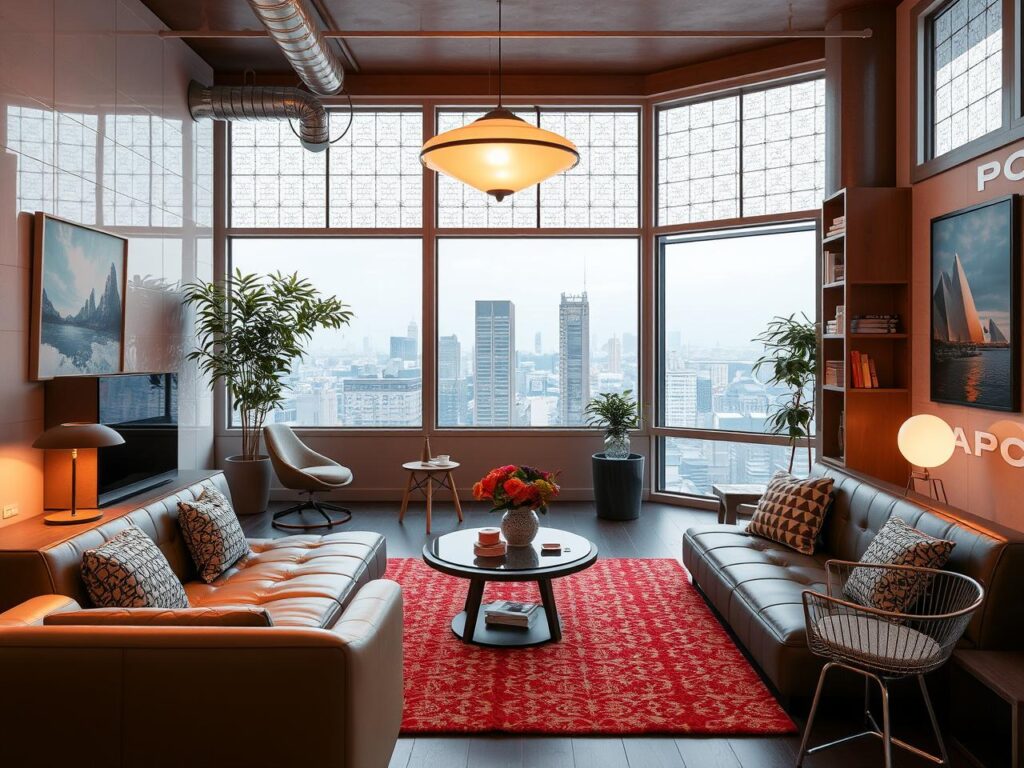
Embracing nostalgia is a key aspect of incorporating vintage charm into contemporary design. Nostalgia has a powerful emotional resonance that can evoke feelings of warmth, comfort, and familiarity, making it an invaluable tool for creating spaces that feel inviting and timeless. Whether it’s through the use of retro color palettes, vintage-inspired patterns, or antique furnishings, embracing nostalgia allows designers to infuse their work with a sense of history and character that resonates with individuals on a deeply personal level.
One effective way to incorporate vintage charm into contemporary design is through the use of color. Retro color palettes such as mustard yellow, avocado green, and burnt orange can instantly evoke a sense of nostalgia for bygone eras while still feeling relevant in modern spaces. By incorporating these colors into walls, furnishings, or accessories, designers are able to create a sense of warmth and vibrancy that adds depth and personality to the space.
Additionally, vintage-inspired patterns such as floral prints, geometric motifs, or bold stripes can be used to infuse contemporary spaces with a sense of retro charm, adding visual interest and character. In addition to color and pattern, incorporating antique furnishings and accessories is another effective way to embrace nostalgia in contemporary design. Whether it’s a mid-century sideboard, a vintage chandelier, or retro artwork, these pieces can serve as focal points that anchor the space in history while still feeling relevant and stylish.
By carefully integrating these vintage elements into modern interiors, designers are able to create spaces that feel layered and dynamic, offering a sense of timelessness that transcends fleeting trends. Furthermore, embracing nostalgia allows for a sense of individuality and personal expression, as each vintage piece carries its own unique story and history that adds depth and character to the space.
The Art of Mixing and Matching: Finding Balance in Future Nostalgia Decor
The art of mixing and matching is essential in finding balance in future nostalgia decor. This approach allows for the seamless integration of vintage and modern elements, creating spaces that feel cohesive and harmonious while still offering visual interest and depth. By carefully balancing old-fashioned charm with contemporary sensibilities, designers are able to create environments that feel both familiar and fresh, offering a sense of timelessness that resonates with individuals across generations.
One key strategy for finding balance in future nostalgia decor is through the careful juxtaposition of vintage and modern furnishings. By pairing antique pieces with sleek, contemporary designs, designers are able to create dynamic visual contrasts that add depth and interest to the space. For example, a mid-century sofa can be paired with minimalist coffee tables or industrial lighting fixtures to create a harmonious blend of old and new.
Additionally, mixing different design styles allows for a sense of eclecticism and individuality, as each piece brings its own unique story and history into the space. Furthermore, finding balance in future nostalgia decor involves thoughtful consideration of scale, proportion, and visual weight. By carefully arranging vintage and modern elements within the space, designers can create a sense of balance and harmony that prevents one style from overpowering the other.
For example, pairing large-scale vintage artwork with sleek, modern furnishings can create a striking focal point that adds drama and visual interest without feeling overwhelming. Similarly, incorporating vintage textiles such as rugs or curtains can add warmth and texture to contemporary spaces while still feeling cohesive and balanced.
Future Nostalgia in Fashion and Lifestyle: Bringing Retro Vibes into the Modern World
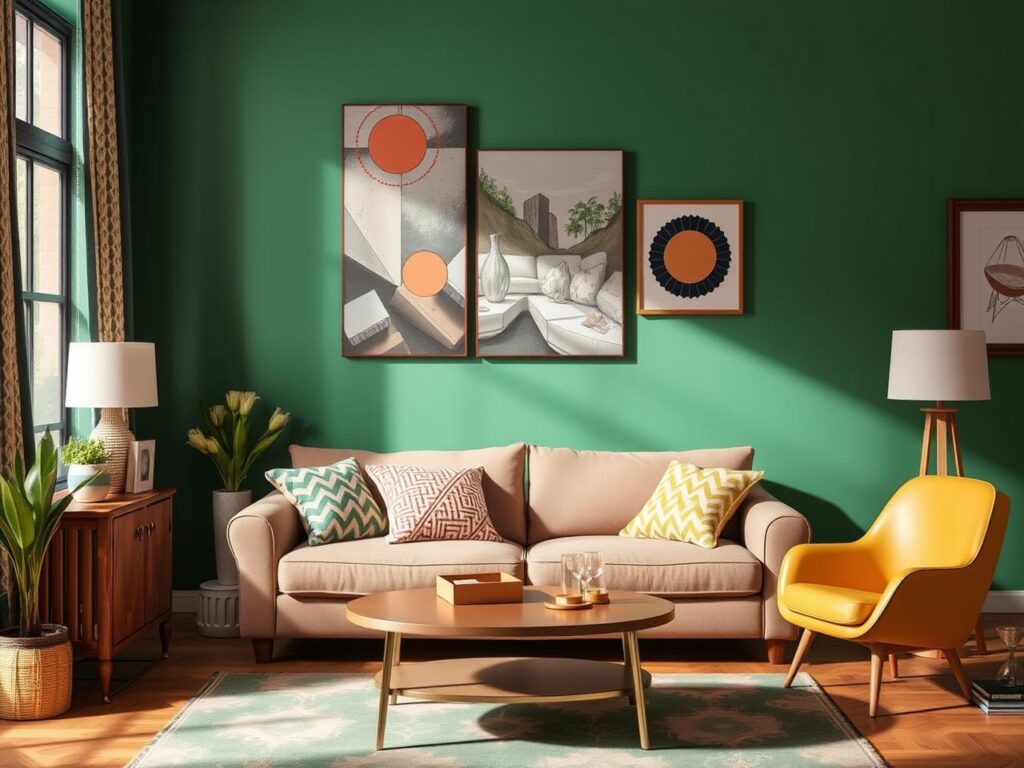
Retro Revival in Fashion
One way in which future nostalgia manifests in fashion is through the revival of retro silhouettes and styles. From flared jeans and bohemian maxi dresses to power suits and shoulder pads, designers have been drawing inspiration from past decades to create clothing that feels both nostalgic and relevant. By reinterpreting these vintage styles through modern fabrics and cuts, fashion brands are able to offer individuals an opportunity to embrace their favorite retro looks while still feeling stylish and contemporary.
Individuality and Self-Expression
Additionally, future nostalgia in fashion allows for a sense of individuality and self-expression, as individuals can mix and match vintage-inspired pieces with modern staples to create looks that feel uniquely their own. In addition to fashion, future nostalgia has also permeated lifestyle trends such as home decor, music, art, and entertainment. From vinyl records and retro gaming consoles to vintage-inspired home accessories and nostalgic movie reboots, individuals are seeking out experiences that evoke feelings of warmth and familiarity while still feeling relevant in today’s world.
A Desire for Authenticity and Connection
This trend reflects a desire for authenticity and connection in an increasingly digital age, as people seek out experiences that offer a sense of grounding and comfort amidst rapid technological advancements. As future nostalgia continues to gain momentum in fashion and lifestyle trends, it is evident that this trend represents more than just a passing fad – it reflects a fundamental shift in the way we approach style and self-expression.
The Enduring Appeal of Future Nostalgia: Why Vintage Charm Continues to Resonate in Modern Design
The enduring appeal of future nostalgia lies in its ability to evoke feelings of warmth, comfort, and familiarity while still feeling fresh and relevant in modern design. Vintage charm continues to resonate with individuals across generations due to its timeless aesthetic qualities that transcend fleeting trends. Whether it’s the elegant lines of mid-century furniture or the bold patterns of retro fashion, vintage charm offers an enduring appeal that speaks to our desire for authenticity and connection in an increasingly digital world.
One reason why vintage charm continues to resonate in modern design is its ability to evoke feelings of nostalgia and sentimentality. The emotional resonance of vintage aesthetics allows individuals to connect with their past experiences or memories while still feeling grounded in the present. Whether it’s through the use of retro color palettes or antique furnishings, vintage charm offers individuals an opportunity to create spaces that feel deeply personal and meaningful.
Additionally, embracing nostalgia allows for a sense of individuality and self-expression, as individuals can curate spaces that reflect their unique tastes while still feeling connected to broader cultural influences. Furthermore, the enduring appeal of future nostalgia can be attributed to its ability to offer a sense of timelessness and longevity in design. Vintage charm transcends fleeting trends by offering enduring beauty and sophistication that resonates with individuals across generations.
Whether it’s through the use of classic materials such as brass or velvet or timeless design motifs such as Art Deco or Mid-Century Modern, vintage charm offers an opportunity for creators to craft spaces that stand the test of time. As people seek out experiences that offer a sense of grounding amidst rapid technological advancements, future nostalgia continues to resonate as a guiding principle in creating environments that feel both familiar and fresh. In conclusion, future nostalgia represents more than just a passing trend – it reflects a fundamental shift in the way we approach design aesthetics by embracing the beauty of the past while looking towards the future.
The rise of future nostalgia can be attributed to its ability to evoke feelings of warmth and familiarity while still feeling fresh and relevant in modern design. Vintage inspiration plays a significant role in shaping modern aesthetics by influencing everything from interior design to fashion and lifestyle. Blending old-fashioned charm with contemporary sensibilities allows for the creation of timeless spaces with a modern twist by seamlessly integrating vintage elements into modern environments.
Embracing nostalgia is essential for incorporating vintage charm into contemporary design by evoking feelings of warmth through retro color palettes or antique furnishings. The art of mixing and matching is crucial for finding balance in future nostalgia decor by carefully juxtaposing vintage elements with modern designs within spaces. Future nostalgia has also made its mark in fashion by bringing retro vibes into the modern world through reviving retro silhouettes reinterpreted through contemporary lenses.
The enduring appeal of future nostalgia lies in its ability to evoke feelings of warmth while still feeling fresh due to its timeless aesthetic qualities that transcend fleeting trends.
If you’re a fan of blending vintage charm with modern design, you might also be interested in learning about what your tattoo placement says about your personality. This article delves into the meanings behind different tattoo placements and how they can reflect aspects of your personality. It’s a fascinating look at how personal style choices can reveal deeper insights about who we are.
FAQs
What is Future Nostalgia?
Future Nostalgia is a design concept that combines elements of vintage charm with modern design, creating a sense of nostalgia for the future.
How is Future Nostalgia reflected in design?
Future Nostalgia is reflected in design through the use of vintage-inspired elements such as retro color palettes, mid-century furniture, and nostalgic patterns, combined with modern materials and technology.
What are the key characteristics of Future Nostalgia design?
Key characteristics of Future Nostalgia design include a blend of old and new, a focus on craftsmanship and quality, a sense of nostalgia for the past, and a vision for the future.
How is Future Nostalgia influencing interior design?
Future Nostalgia is influencing interior design by inspiring a mix of vintage and modern elements, creating spaces that feel both familiar and forward-thinking.
What are some examples of Future Nostalgia in design?
Examples of Future Nostalgia in design include retro-inspired appliances with modern features, vintage-style typography in contemporary branding, and mid-century modern furniture reimagined for today’s homes.

